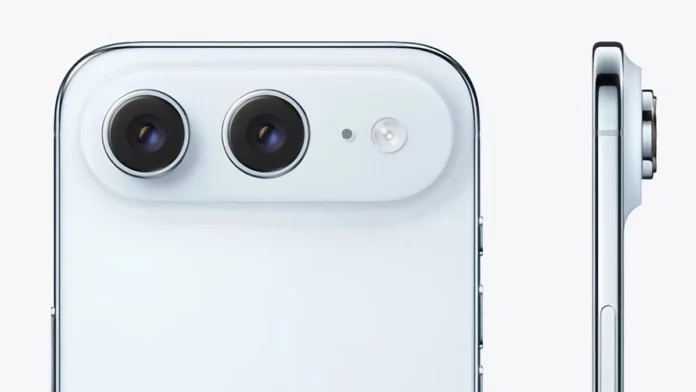Apple’s next-generation iPhone Air could finally address one of the most common criticisms leveled at the current model: its single rear camera setup. Recent leaks from a reliable source within Apple’s supply chain suggest the company is actively exploring a significant camera upgrade for the iPhone Air 2, expected to launch in 2026.
The Camera Limitation That Could Be Fixed
When the original iPhone Air debuted in September 2025, it impressed the tech world with its ultra-thin 5.6mm profile and featherweight 165-gram build. However, the device came with a notable compromise: a solitary 48-megapixel Fusion camera that lacked the versatility of multi-lens systems found in other iPhone models. This single-camera limitation wasn’t a design oversight but rather a necessity—fitting multiple camera sensors into such a compact form factor required difficult engineering trade-offs, with much of the internal space already occupied by battery components.
Many photography enthusiasts and creative professionals found themselves torn between wanting the Air’s sleek design and needing the multi-lens capabilities they were accustomed to from standard iPhone models. The lack of an ultrawide or telephoto lens meant missing wide landscape shots and distant detail captures that dual and triple-lens systems could easily deliver.
The Rumored Dual-Camera Solution
According to tipster Digital Chat Station, a Weibo-based account with a credible track record of accurate Apple predictions, the iPhone Air 2 will reportedly feature a significant camera enhancement: a 48-megapixel Fusion Ultra Wide camera joining the existing 48-megapixel main sensor. This combination mirrors the camera configuration expected for the base iPhone 17 model.
What makes this rumor particularly intriguing is how Apple plans to integrate the second camera. Unlike the iPhone 17, which reportedly adopts a vertical camera island design, the iPhone Air 2 is expected to maintain a horizontal camera plateau to preserve its distinct aesthetic. This means the second lens will sit horizontally alongside the main camera rather than stacked vertically, keeping the Air’s signature design language intact while adding photographic versatility.
The Engineering Challenge Ahead
Squeezing dual cameras into an ultra-thin frame isn’t straightforward. The current iPhone Air already maximizes every millimeter of internal space, with the battery competing for real estate alongside the processing chips and other components. To accommodate a second camera, Apple would need to fundamentally redesign the device’s internal architecture and potentially implement battery technology advancements to maintain the Air’s trademark slimness.
This engineering feat explains why Apple hasn’t simply doubled the cameras on the first-generation Air—it requires significant innovation to balance slim design with expanded functionality. However, the company’s commitment to exploring this option suggests Apple believes the trade-off is worth it for the Air’s market viability.
For Latest Tech Updates Please follow us :
facebook | twitter | instagram | telegram | whatsapp





